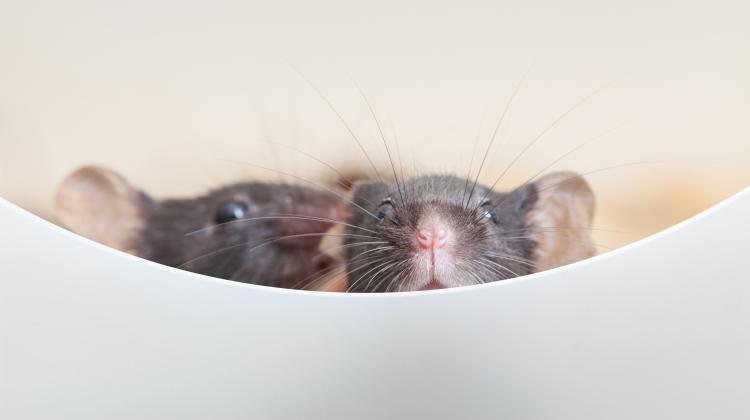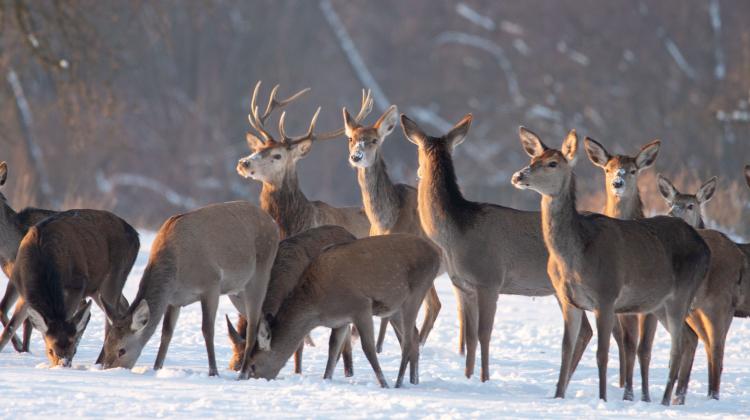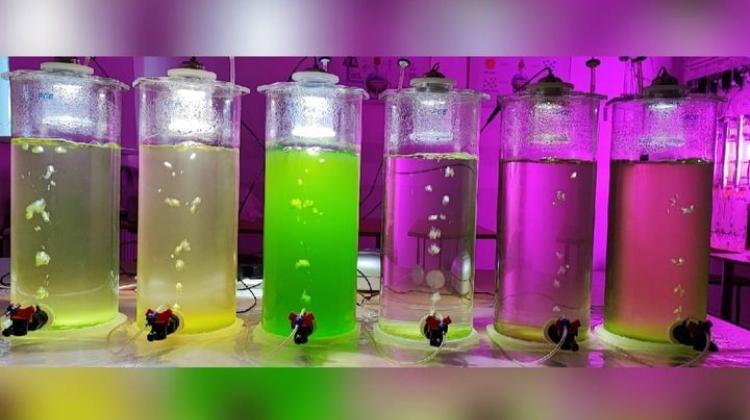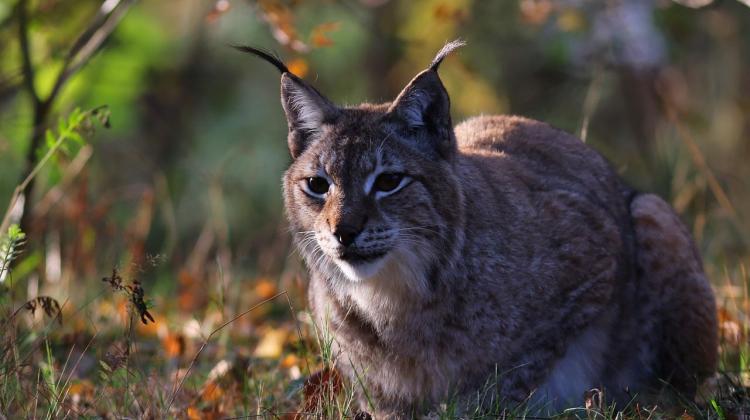Scientists investigate the physics of mouse interactions
 Credit: Adobe Stock
Credit: Adobe Stock
What are the dynamics of mouse behaviour when the animal is alone and when the mouse is in a group? How long does it take on average before a mouse starts looking for company or escapes from a place that is too crowded? The physics of such mouse interactions has been modelled by scientists from a Polish-French team.
The researchers used the Eco-HAB cage system designed by the team of Dr. Ewelina Knapska from the Nencki Institute. It enables mice to interact in close to natural conditions, and scientists to automatically collect detailed information about where and with whom individual members of the mouse group are staying.
A group of 15 mice had RFID chips installed to track in which of the four chambers (or corridors) a given individual was located. These behaviours were tracked for 10 days (24 hours a day). And then, based on the collected data, the researchers developed a model that described these behaviours. Parameters for individual variables were also selected.
The study by scientists from the Nencki Institute at the Polish Academy of Sciences and Xiaowen Chen, Thierry Mora and Aleksandra Walczak from the Ecole Normale Superieure in Paris was published in Physical Review X.
'In this experiment, we assumed that the presence of other mice should be considered as a background for the behaviour of each mouse. So we tried to understand how an individual mouse feels such a +background+ and how it affects its behaviour,’ Dr. Aleksandra Walczak tells PAP.
She adds that the model characterizes both the static and dynamic properties of the system components, in this case - the mouse. It can be used to calculate the chances that three mice will be in one place compared to the chances that 5 mice will be in one place (these are static properties). But also how an average mouse behaves if it enters a cage with two other mice already in it (dynamic properties).
The scientists have developed the so-called inferential model, i.e. the collected data from the mouse experiment are analysed, the behaviour dynamics are captured and a model is created in which different parameters are selected for different variables.
Dr. Walczak explains that mouse behaviour could also be modelled using artificial intelligence, but then the mouse behaviour model would be a 'black box' - it would be difficult to determine what the changes in the system parameters depend on. Meanwhile, the so-called statistical learning is used to select parameters, so the model is explainable.
The researcher describes that changes in the dynamics of mice depending on the presence of other animals can be compared to ambient temperature-dependent changes in the motion of interacting molecules. The dynamics of a single molecule depends on the dynamics of other molecules around it. And as the temperature increases, the parameters of the system change: the chances of molecules colliding and, for example, transferring energy to each other increase. 'In the same way, you can try to describe the distribution of mouse behaviour over a long period of time depending on the presence of other mice,’ says Dr. Walczak. However, if we want to know what will happen to an average mouse in the presence of a number of further individuals (and to a molecule at a specific temperature), it is worth having a physical model of this system in which its parameters are described in various conditions.
The creation of such models may facilitate further research on the social behaviour of mice. The model will allow scientists to capture the personal preferences of mice compared to the average (because different individuals may have different temperaments and may be more or less sociable). It will also allow them, for example, to automatically detect whether there are leaders in a given group of mice, whether there is any hierarchy and whether any cliques are forming.
Dr. Walczak believes that work on such models may also be useful in analysing the signal of neurons, the functioning of which also depends on interactions with neighbours.
PAP - Science in Poland, Ludwika Tomala
lt/ agt/ kap/
tr. RL
Przed dodaniem komentarza prosimy o zapoznanie z Regulaminem forum serwisu Nauka w Polsce.


















